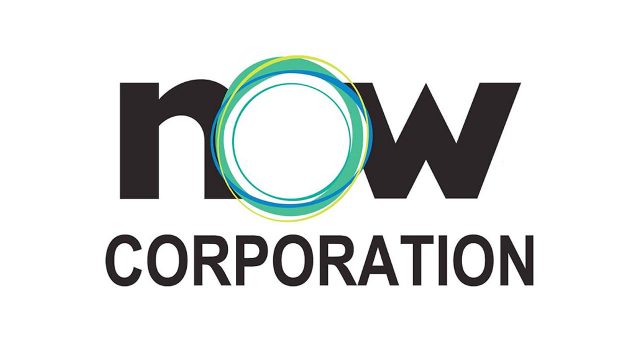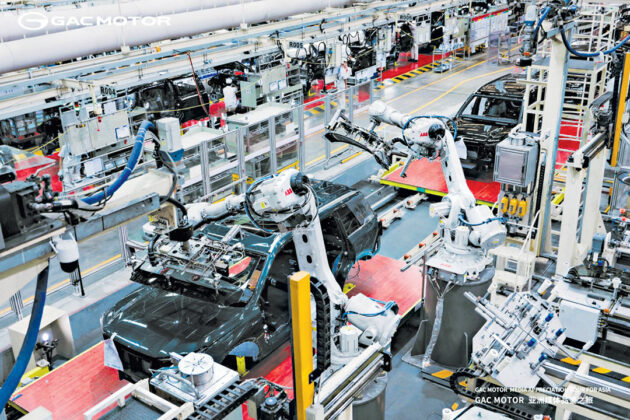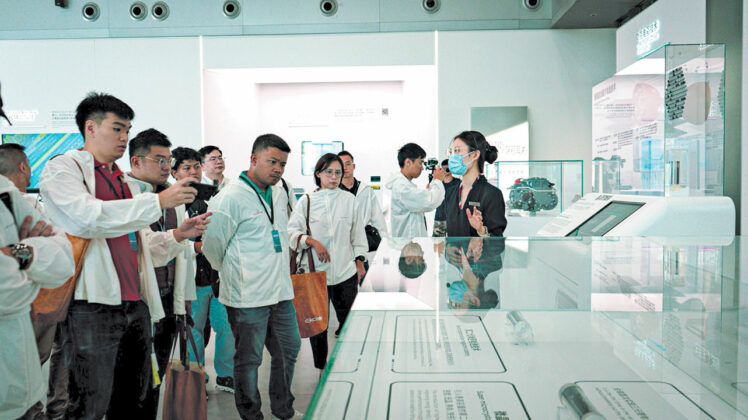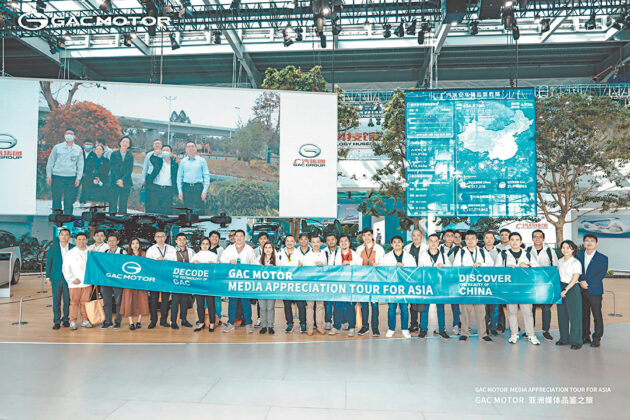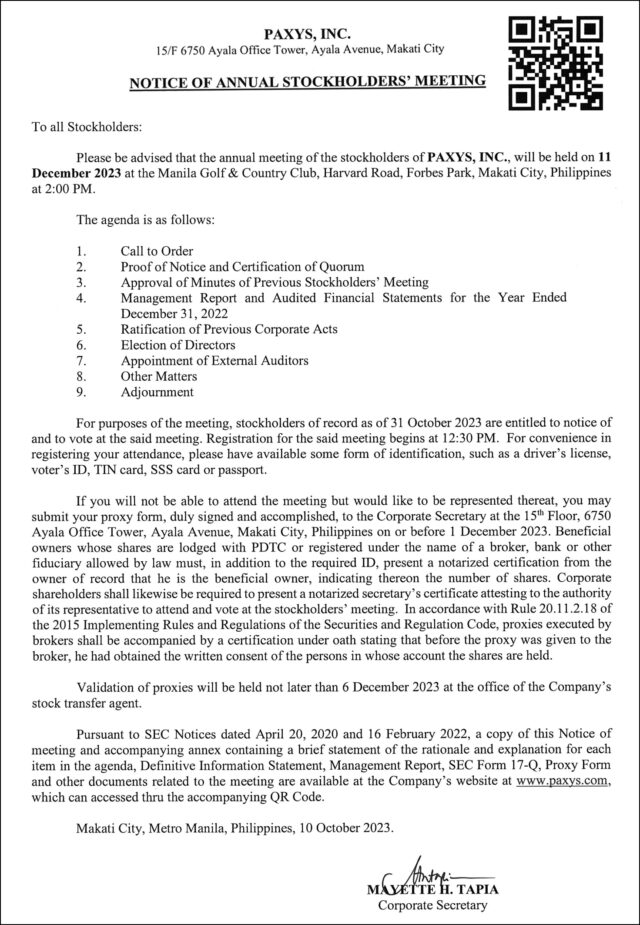Do you want your clothes to shrink our forests?
DO YOU know what you’re wearing? I don’t just mean if it’s a shirt or a jumper, or whether it’s designer or fast fashion. I’m talking about the fabric — and its source.
Cotton is fairly recognizable, and many know wool comes from sheep. But do you know that linen is made of the blue-flowered flax plant? That cashmere and mohair come from different breeds of goat, while angora comes from a type of rabbit? And polyester and polyamide are made out of oil?
Perhaps the least well-known origin story, and one of the most significant for the climate and biodiversity crises, is that fabrics such as viscose, lyocell, and modal were once trees.
These materials, known collectively as man-made cellulosic fibers (MMCFs), are made of dissolved wood pulp and account for just over 6% of our clothing. Yet production is growing as brands seek more sustainable materials. These forest fibers tend to use less water and energy than other types of fabric. They also have the potential to be fully biodegradable (depending on which chemicals are used to treat and dye the fabric) and come from a renewable resource. So far, so good.
The problem is that any wood-based supply chain comes with risks of deforestation, water pollution, soil erosion, biodiversity loss, and clashes with indigenous communities who rely on the forests to survive and maintain their way of life. Canopy, an environmental nonprofit focusing on protecting ancient and endangered forests, estimates that 300 million trees are cut down for MMCFs every year, and there have been reports linking rampant deforestation with some of the world’s largest pulp and viscose producers.
Clothing companies need to do more to ensure that the viscose they’re using is sustainable, and not contributing to the loss of precious carbon sinks around the world. They also need to take the initiative to educate their own consumers about what their clothes are made of.
The way to truly ensure that a viscose skirt isn’t a product of land-grabbing or deforestation is a traceable supply chain. That’s where non-governmental organizations such as PEFC and FSC come in. They set the standards by which forests and products can be certified as sustainably managed or sourced. Standards may vary depending on a country’s needs but, in general, forestry companies must show they’re protecting ancient or veteran trees, managing in a way that promotes biodiversity and protects species, limiting pesticide use, and not converting established woodland into monoculture plantations.
In the case of PEFC, a forest is inspected by a third-party auditor who decides whether it meets the specific national standard for a sustainably managed forest. While the certificate is for five years, the forest undergoes annual audits to make sure it’s still performing well. There’s a separate process for the rest of the supply chain, too, in which every legal owner of the forest product is audited for a chain-of-custody certificate. This is to ensure that the forest-derived materials are certified and tracked throughout the manufacturing process and that each stakeholder meets certain labor requirements, including no child or forced labor. If everyone in the supply chain — from forest to shelf — partakes in this, the end result is a stamp, assuring customers that the product — whether a PG Tips box or timber for construction — is responsibly sourced.
About 60%-65% of MMCFs are certified by FSC or PEFC, which includes raw materials from sustainably managed forests and controlled low-risk sources. That leaves as much as 40% of viscose coming from risky sources. Certification within the fashion industry is also not currently adopted beyond the fiber level, so most consumers have no credible way of verifying whether the garment they’re buying is linked to a deforestation source.
Of course, some shoppers might not know that some fabrics come from forests in the first place. Julia Kozlik, textile program lead at PEFC, told me that even just a few years ago, many fashion brands wouldn’t have made the connection either. But new regulations such as the European Union Deforestation Regulation and the Green Claims Directive are forcing companies to become much more aware of what’s happening in their supply chains. About 50% of the fashion brands that have engaged with PEFC now have policies or targets to only source from certified sustainably managed forests. The value of creating a fully traceable supply chain for brands is that they’re able to make verified green claims about their sourcing.
But there’s still work to be done. At a workshop I attended, multiple barriers to adopting a fully traceable and certified MMCF supply chain were raised, ranging from cost and the burden of extra paperwork to a lack of consumer awareness.
The real barrier is that the supply chain for fashion is complicated and fragmented. But it’s possible to achieve traceability, as the paper industry has shown. Several random items on my desk — a birthday card, a box of Band-Aids, a packet of tissues, a book — all have some form of certification label printed on them to show that the paper came from wholly or partly sustainable sources. The apparel industry isn’t starting from scratch here; it has a well-used template to copy from with established procedures and organizations in place.
It’s positive that brands are starting to properly vet their products, and we might start to see those PEFC or FSC stamps on clothing tags soon.
There’s still the larger question of consumer education, though. If shoppers don’t know that their clothes came from trees, they won’t question how those trees are harvested. And if they’re not raising those questions, then some brands may continue to resist moving toward true traceability.
This is my way of telling you to find out what you’re wearing. If it’s not clear right away, you should demand information. — Bloomberg Opinion


